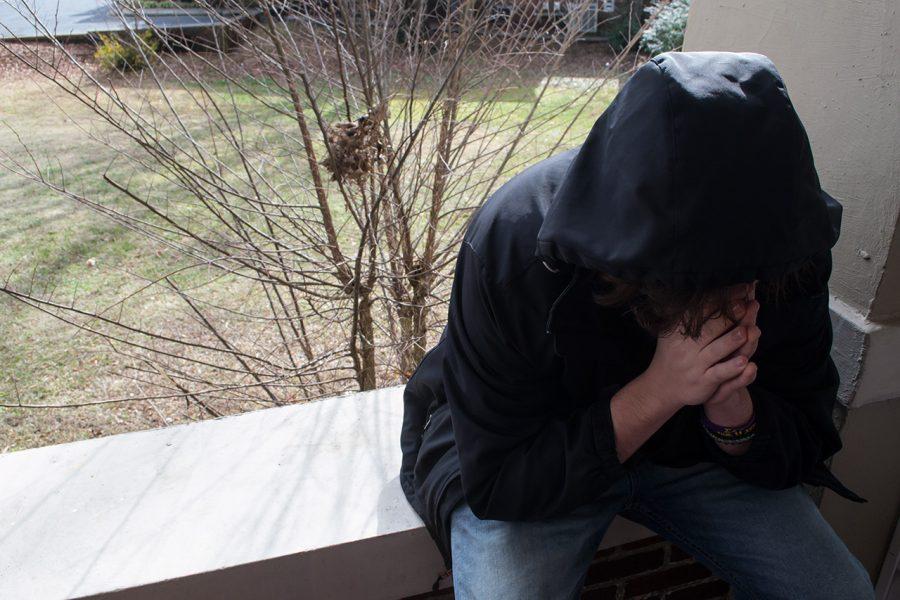Why so sad?
January 17, 2013
Once a year, typically in winter, some students may encounter a temporary depressive disorder called Seasonal Affective Disorder (SAD).
Though not recognized officially by the DSM-IV, the disorder affects approximately 10 to 20 percent of people, according to the American Academy for Family Physicians.
“I don’t think anybody really knows what to think of it,” said campus counselor Lynne Martin. “It’s considered a low-grade mood disorder. Those affected are likely influenced by the shorter and darker days. However, light therapy has worked for many, so therein lies the link.”
In the past, SAD has been thought to be a result of a lack of vitamin D from the sun; however, in recent research by Dr. Oscar Franco at Warwick Medical School, vitamin D was ruled out as the cause of said depression.
“We don’t see the light therapy work for cases of depression without the seasonal specifier because seasonal patterns simply exhibit a more dramatic response, especially for office jobs,” Martin said. “The light therapy for a person with a desk job would be to shine a light on the back of the knees.”
Though research has deemed SAD causes inconclusive, some still question the practicality of the disorder and question if it may just be caused by loneliness during the winter months.
“I could see it being a real problem,” said UNA junior Chad Miller. “In high school I would either stay up too late or not get enough sleep, and if neither of those were the causes of my mood being down, then I don’t really know what else it could have been. I’m honestly not sure; I’m not going to say it doesn’t affect people because I don’t know everyone else’s body.”
The winter, while being the most frequent time of year to expect SAD, is not the only season to anticipate depressed moods. According to the ADAM Medical Encyclopedia, SAD can also occur in the summer.
“Sometimes during the summer when I don’t have a lot going on, I feel kind of down,” said sophomore Forrest McArthur. “If someone came to me and told me they had it, I would believe them. Helping them would depend on why they feel that way. For me, in the summer I don’t really have any structure or anything to do, which is why I started working over the summer.”
Though it is defined as a disorder and therefore unable to be avoided, attention to health is an individual’s best way to fight the SAD battle.
“We talk so much about self-care and sleep,” Martin said. “Students should really be going to bed before midnight and getting a minimum of six hours of sleep, though the ideal restful sleep span is closer to 10 hours for the emerging adult group. This kind of self-care maintains circadian rhythms which have proven relevant to SAD.”
While the symptoms of the disorder may hold true in multiple students’ lives, the likelihood of developing SAD is slim.
“Very few students recognize they have it every year consistently, and after working here for 11 years, I have seen very few students with that issue,” Martin said. “Especially on the college campus, we see anxiety disorders a lot more often than depression. The best advice I can give is to eat healthy, moderate caffeine intake and consistently maintain self-care.”


